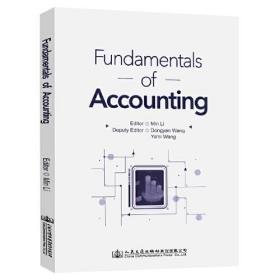很抱歉,该商品可能已下架或被删除
相似商品
-
 基础会计学(英文版)全新
基础会计学(英文版)全新¥26.09
-
 基础会计学(英文版)全新
基础会计学(英文版)全新¥25.95
-
 基础会计学(英文版)全新
基础会计学(英文版)全新¥25.88
-
 基础会计学(英文版)(全新
基础会计学(英文版)(全新¥28.49
-
 基础会计学(英文版) 李敏 人民交通出版社全新
基础会计学(英文版) 李敏 人民交通出版社全新¥34.23
-
 基础会计学(英文版)全新
基础会计学(英文版)全新¥25.94
-
 基础会计学(英文版)全新
基础会计学(英文版)全新¥25.95
-
 基础会计学 Fundamentals of Accounting全新
基础会计学 Fundamentals of Accounting全新¥26.52
-
 基础会计学(英文版)全新
基础会计学(英文版)全新¥28.17
-
 当当正版 基础会计学(英文版) 李敏 9787114170065 人民交通出版社全新
当当正版 基础会计学(英文版) 李敏 9787114170065 人民交通出版社全新¥33.07
5S 后自动跳转到首页
去首页逛逛